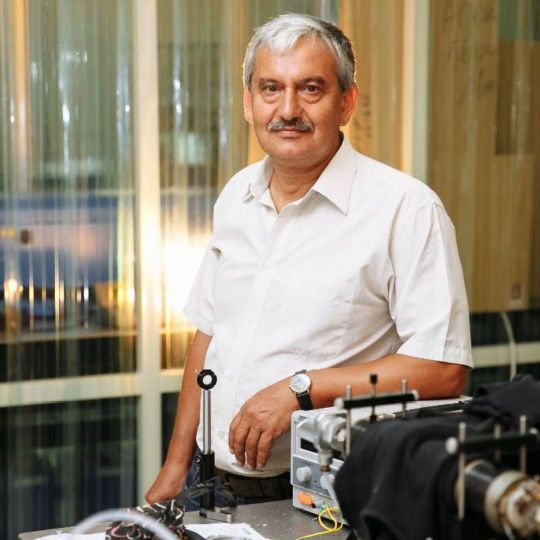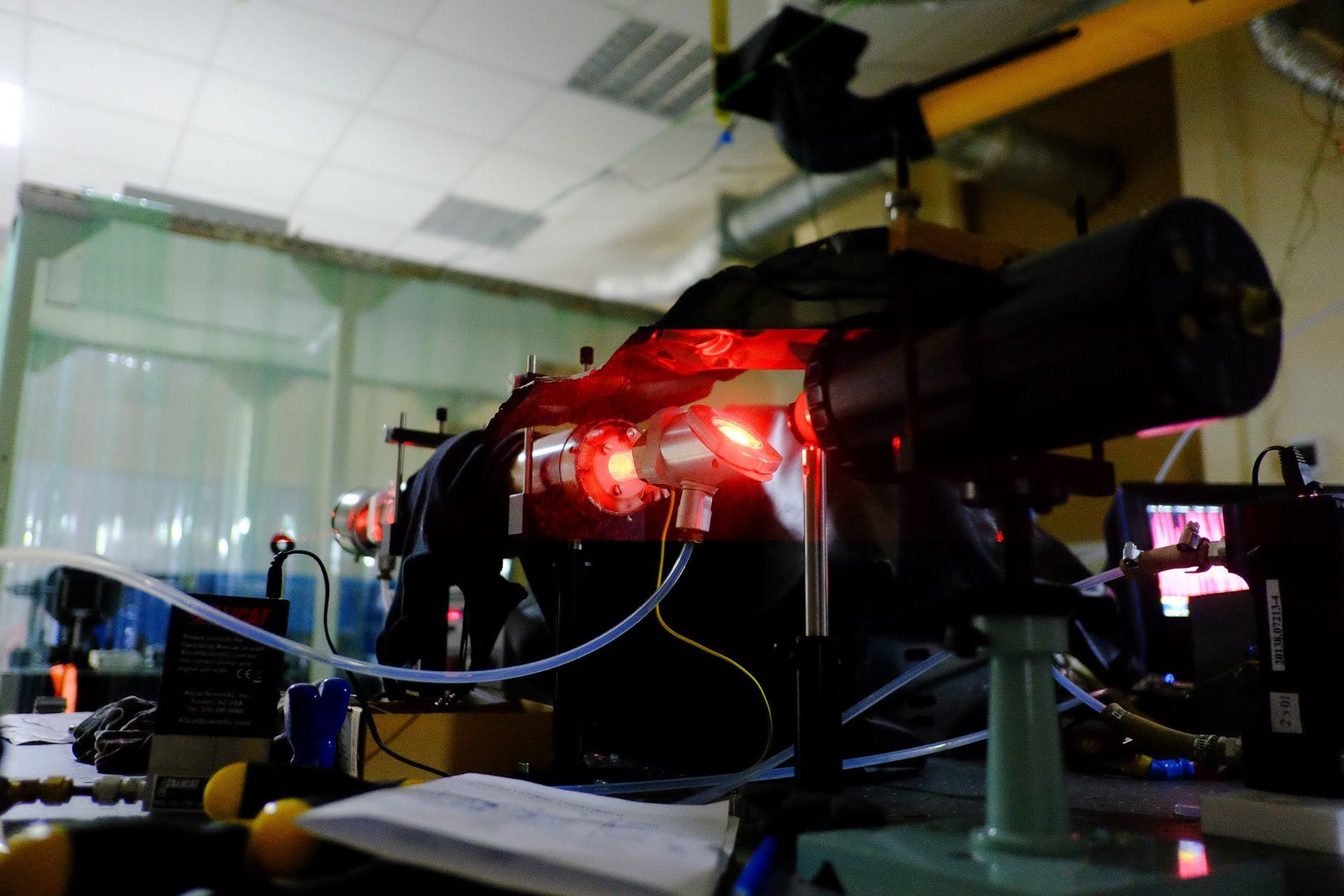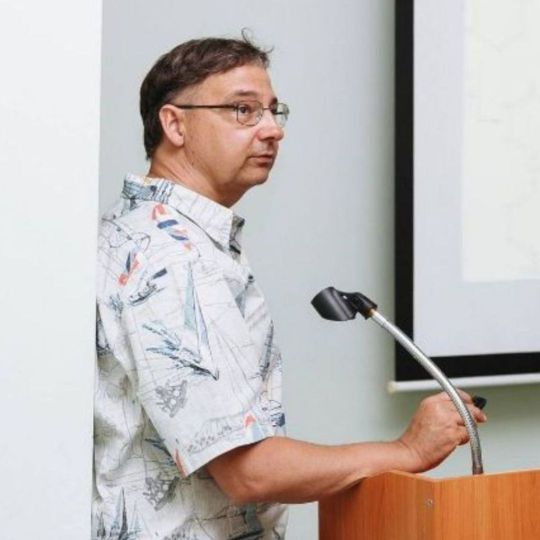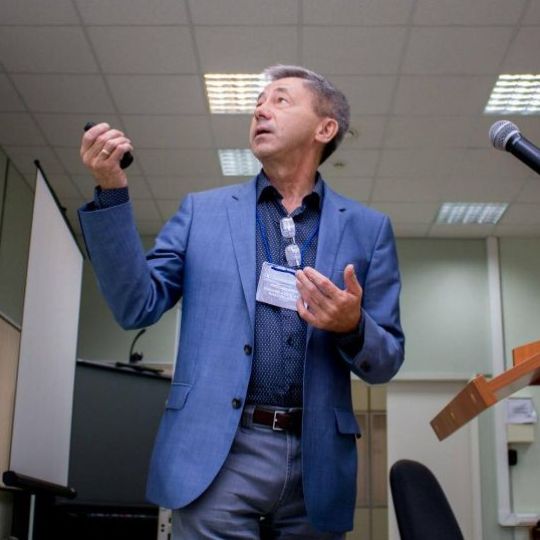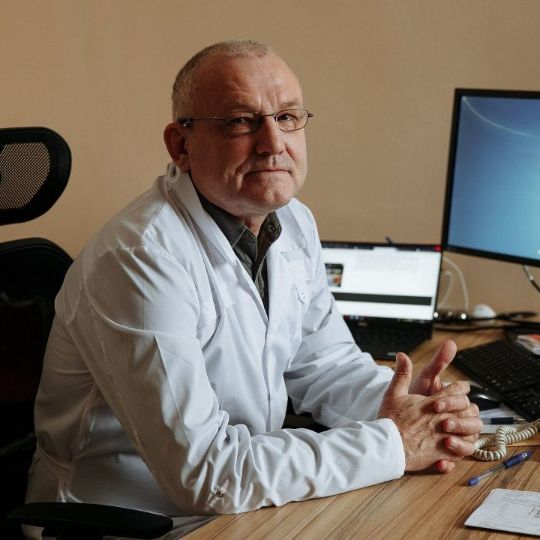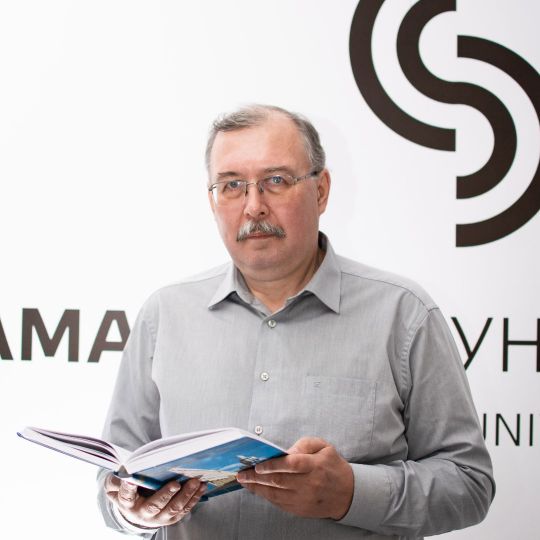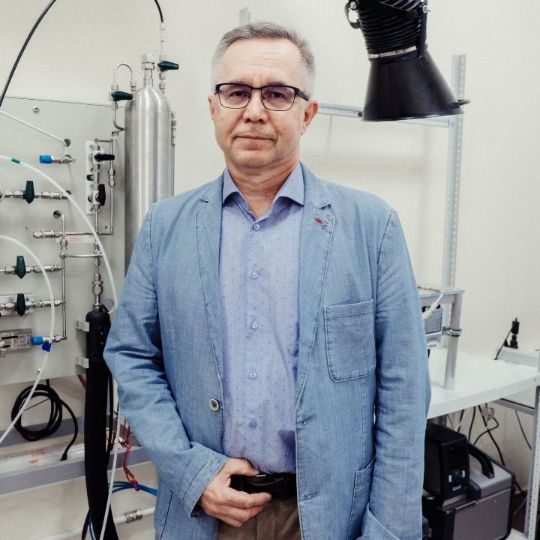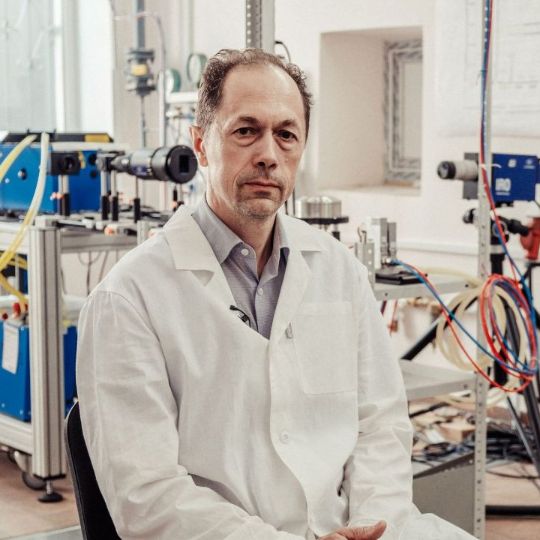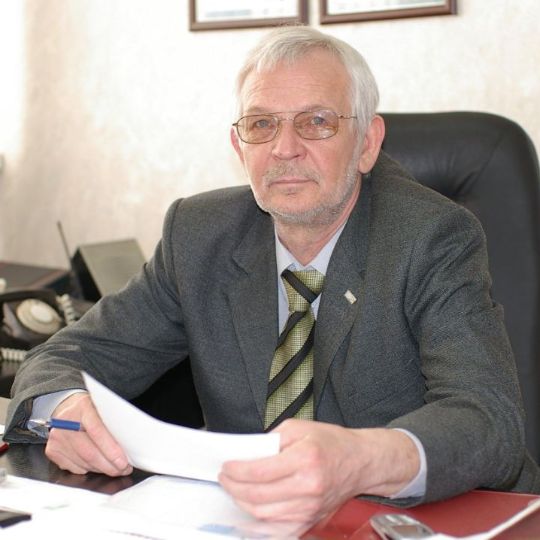Scientific achievements of the laboratory are primarily associated with the contribution of famous scientists: Michael Frenklach (3), University of California, Berkeley, USA, Ralph Kaiser, Alexander Konnov (4), Lund University, Sweden, and Michael Heaven, Emory University, USA. Valerii Aziazov (5), Marsel Zagidullin and Pavel Mikheev, who are researchers at Samara Branch of P.N. Lebedev Physical Institute of the Russian Academy of Sciences, significantly contributed to the laboratory establishment and development within the framework of a joint research and education center for Physics of Nonequilibrium and Open Systems. The research supervisor of the center is Igor Zavershinskii (6). The results of the joint three-year research are reflected in more than 30 articles published in the world’s leading scientific high-ranking journals such as Nature Astronomy, Nature Communications, Angewandte Chemie, etc.
The results obtained in the fundamental research under the guidance of Alexander Mebel allow the scientists to conduct a world-class applied research. The applied research is aimed at creating environmentally friendly aircraft engines and above ground installations. To do that, the Combustion Processes Department of the research and education center for Gas Dynamic Research (REC GDR) carries out a cycle of large-scale theoretical and experimental studies on physical and chemical processes determining high efficiency of low-emission combustion technologies. Sergei Matveev (7) is the department head and Mikhail Anisimov (8) is the director of REC GDR. Together with colleagues from Lund University, REC GDR researchers have already conducted a series of calculations and experiments proving the possibility to use blends of kerosene and ethanol produced from renewable sources as jet fuel. In the future, that should reduce harmful emissions from aircraft engines. Samara University also conducts an international research on process modeling for heating and evaporation of multifraction hydrocarbon fuel droplets. In the research, Samara University cooperates with Sergei Sazhin, University of Brighton, UK, Lei Li, Shanghai Jiao Tong University, China, and Dario Pastrone, Polytechnic University of Turin, Italy. Lei Li studies the combustion in swirling streams and Dario Pastrone studies the formation of harmful substances in the combustion chambers of small engines.
The research was conducted within the framework of the Federal Target Program on Development and Validation of Environmental Characteristics Modeling Methods for Combustion Chambers of Gas Turbine Engines Based on Detailed Chemical Kinetics of Oxidation of Kerosene Surrogates and was supported by the Russian Scientific Foundation for research projects implemented by young scientists. In cooperation with colleagues from Sweden and Holland, Samara University researchers developed a special device, Heat Flux, to determine the normal speed of flame propagation when combusting various types of fuels. There are only a few such devices in the world. According to Alexander Konnov, the combustion model developed for blends of kerosene and various biofuels will allow finding the best solution for the fuel mixtures to both have all the necessary properties of kerosene and include biofuel. The results of both theoretical and experimental studies are reflected in more than 25 articles and published in reputable scientific journals in the field of combustion physics and chemistry such as Combustion and Flame, Fuel, International Journal of Hydrogen Energy, etc. Active involvement of students in research at the Physics Department (the department head is Igor Zavershinskii) and Heat Engineering and Heat Engines Department (the department head is Sergei Lukachev (9)) of Samara University ensures high quality and practical significance of undergraduate and graduate theses.
